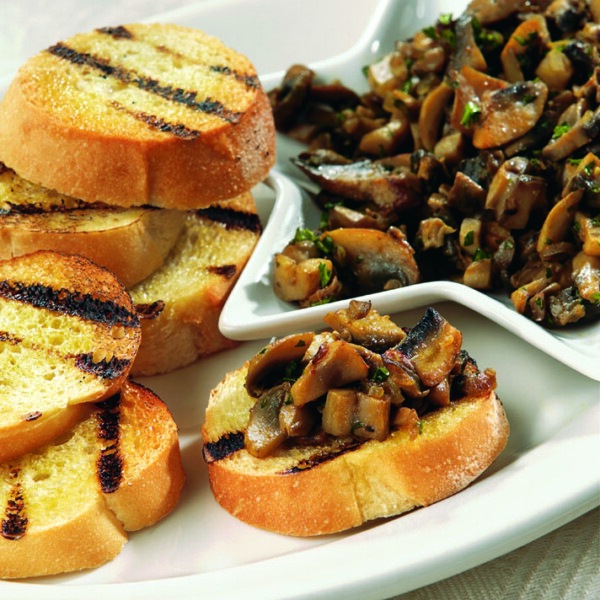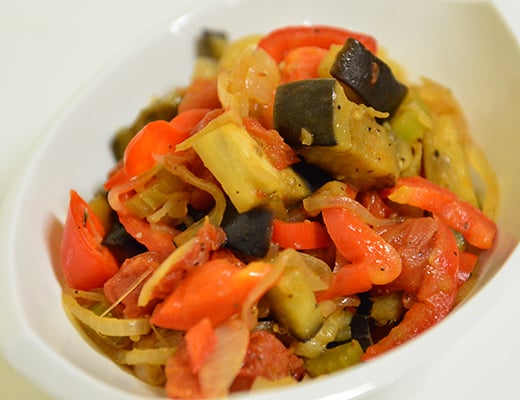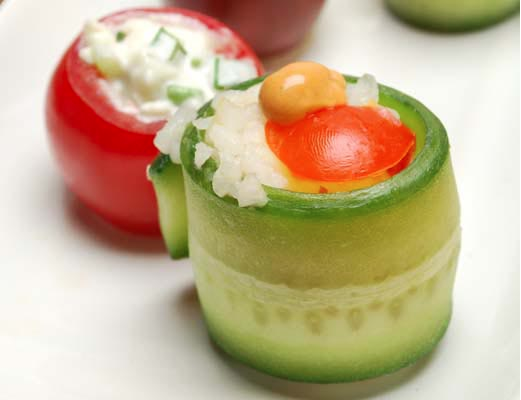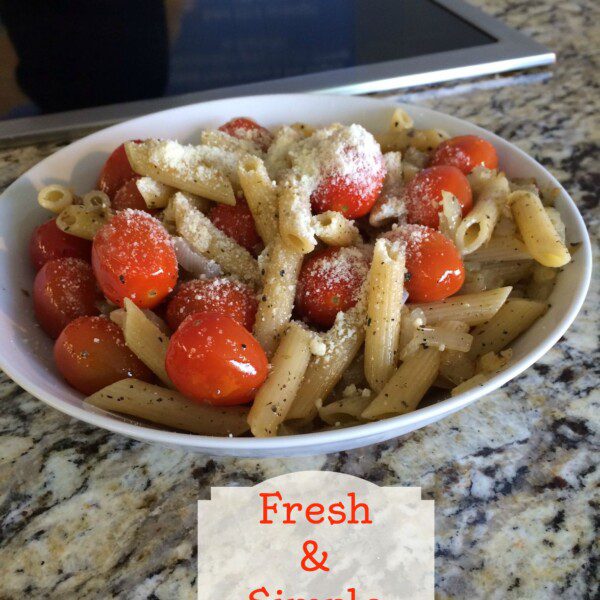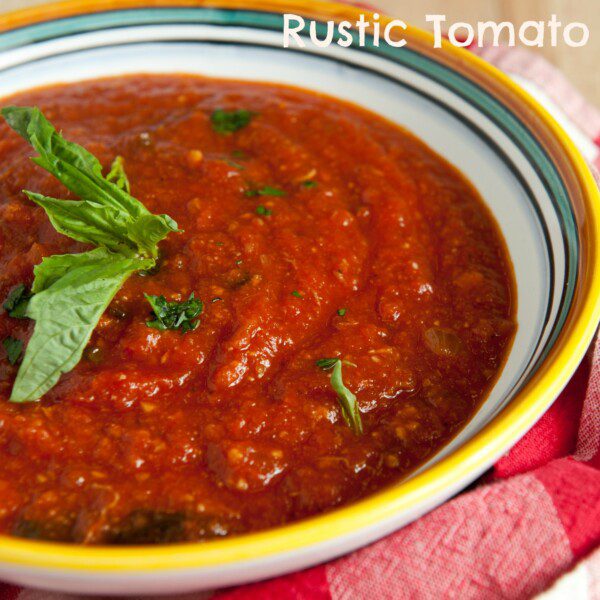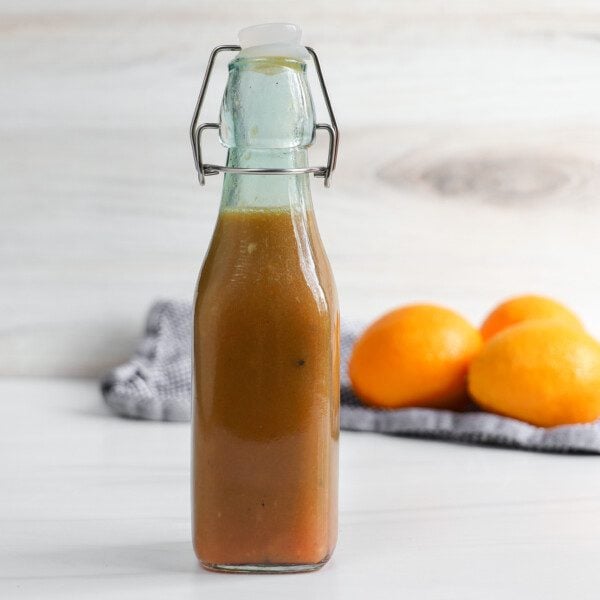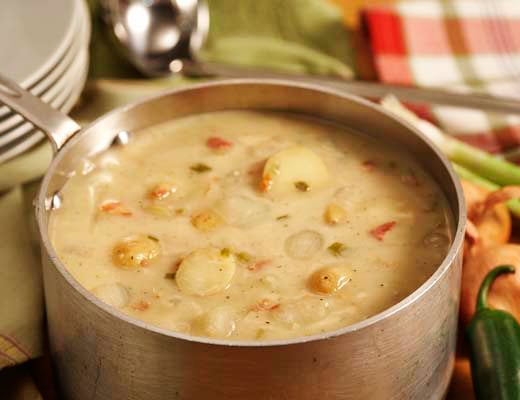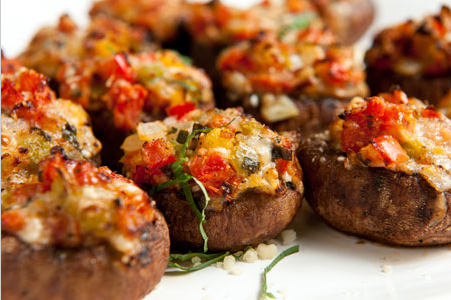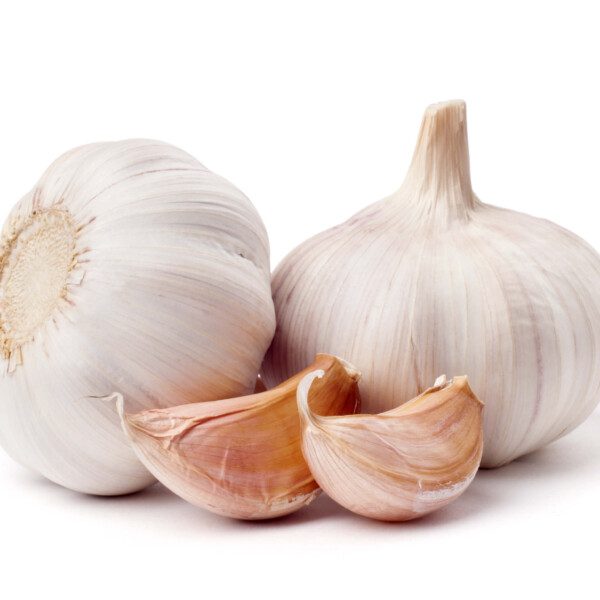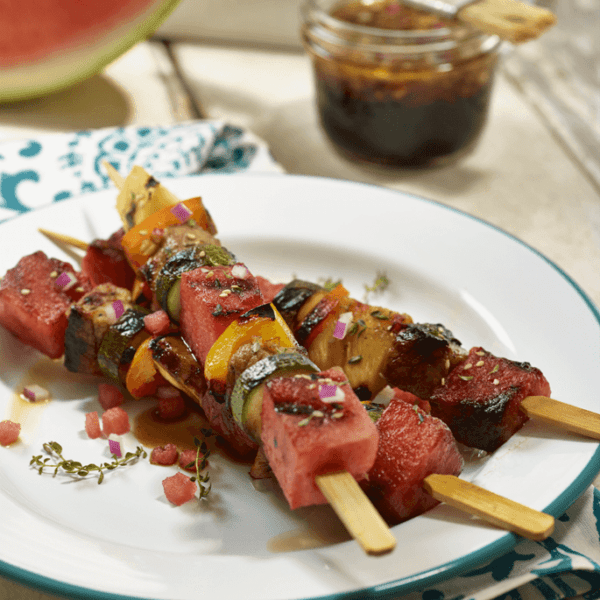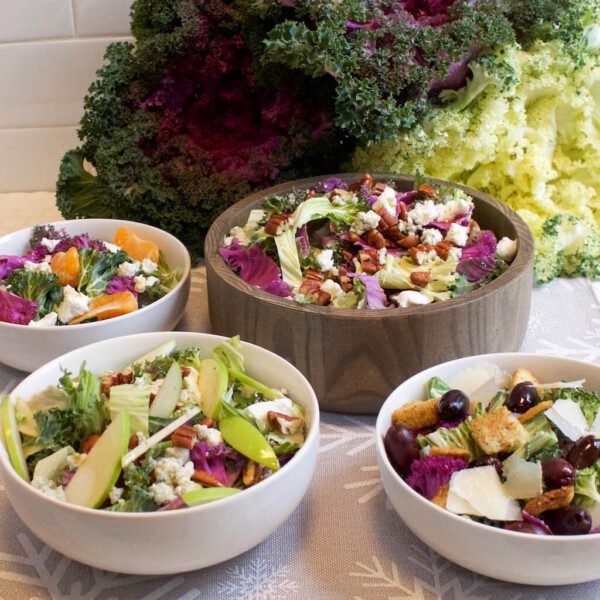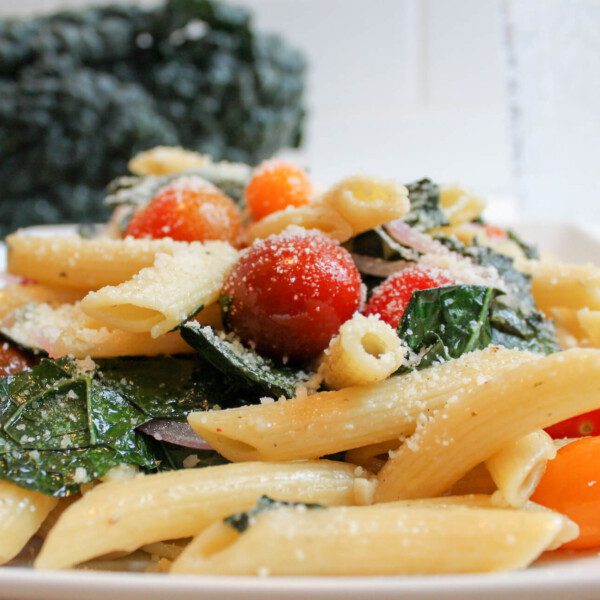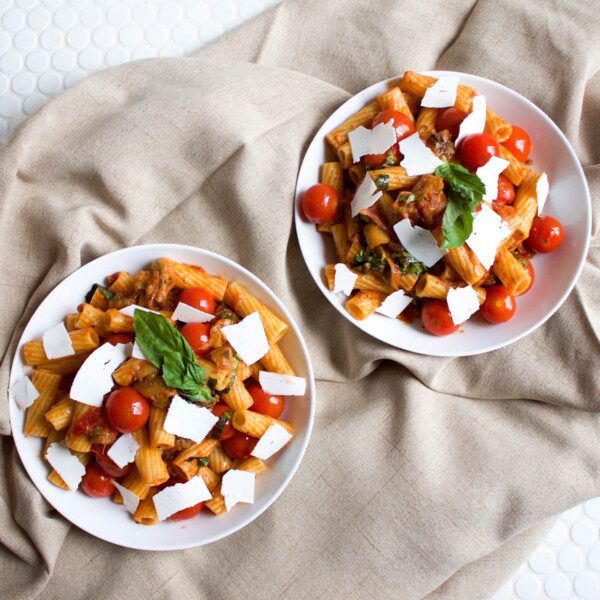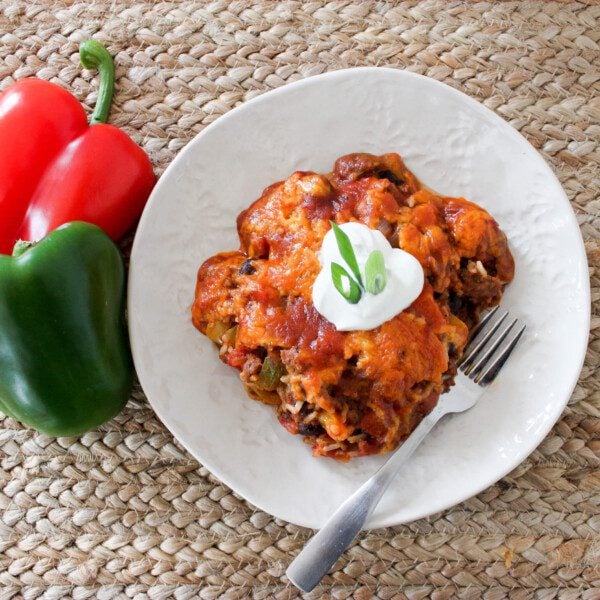How to Select Garlic
- Buy garlic sold loose when possible. This allows you to choose the healthiest bulbs.
- Garlic bulbs should be plump and compact, with the cloves covered by a taught unbroken skin. Avoid garlic with damp or soft spots.
- Garlic bulbs should be heavy for their size and firm throughout. If the bulb feels light or gives under your fingers, it may have dried out too much to be usable.
- Avoid any bulbs with visible green shoots – this means the garlic has started to sprout and indicates an old bulb.
When is Garlic in Season?
Garlic is a long-maturing crop. It is planted in the fall and harvested in late spring to mid-summer. Despite this, garlic may not be ready for harvest on time. Depending on the exact date of planting and the weather conditions, the leaves will let you know if the garlic is prepared.
Varieties of Garlic
There are many varieties of garlic, but they fall into one of two groups: softneck and hardneck garlic. Within the softneck type, there are two varieties:
- Artichoke – has bigger but fewer cloves than some types. It has a mellow flavor compared to the other softneck type, and attention must be paid to storing Artichoke garlic, so it stays dry.
- Silverskin – is smaller than Artichoke but more flavorful. It is less challenging to dry and store.
Softnecks are the ones you see the most often in the grocery store.
Hardneck garlic generally has larger cloves and bolder flavors than the softneck types. They also tolerate cold weather well. There are several varieties:
- Rocambole Garlic – has a rich, full-bodied taste but doesn’t do well in wet areas. Its skin is striped red and pink.
- Purple Stripe Garlic, Glazed Purple Garlic, and Marbled Stripe Garlic – these all produce 8 – 12 cloves per bulb and bake very well.
- Porcelain Garlic – produces large cloves (4 – 6) and has a thin, white outer skin. This variety grows and keeps well.
Additionally, we have three weakly bolting hardnecks, which means they’re somewhere between the soft and hardnecks.
- Turban Garlic – grows quickly and has huge cloves (5 – 8 per bulb)
- Asiatic Garlic – is one of the largest and fastest-growing types. It has a bold flavor with a little heat. This variety only keeps for a short time, though.
Garlic Nutrition Facts & Benefits
One clove of garlic provides,
- approx 4.5 calories
- 0 grams of fat
- 0.2 grams of protein
- 1 gram of carbohydrates
- 0 grams of natural sugar
- 0.1 grams of fiber
Here are just a few of the many ways that garlic can benefit your health:
1) Consuming garlic may reduce inflammation in the body.
2) Garlic has antioxidant properties that mitigate oxidative stress on the body.
3) Garlic may reduce the risks of diseases like heart disease, diabetes, hypertension, myocardial infarction, atherosclerosis, and ischemic stroke.
4) Garlic may lower cholesterol levels. Over time, garlic can raise good cholesterol and lower harmful cholesterol levels.
How to Store Garlic
- A whole garlic bulb will stay fresh for about six months. A separated, unpeeled clove can last for up to three weeks. Peeled garlic may last up to a week – but if you chop or mince your garlic, use it within one day.
- Garlic isn’t fussy about where you store it. Simply keep it in a container that allows for plenty of air flow, such as a paper or mesh bag, a wire basket, or a bowl. Avoid storing it in sealed plastic.
- Keep garlic in a cool, dry place like your pantry, but don’t keep it in your refrigerator. Store garlic away from moisture and light, as these conditions can cause it to sprout.
How to Prepare Garlic
Most of us know about chopping up small amounts of garlic, sauteing it in oil with other ingredients, and adding it to many savory dishes. The aroma of garlic cooking and its flavor is delicious and inviting. But garlic may be prepared and consumed in many ways.
Before you do anything else, peel off the papery skin and separate the cloves. There are many devices and methods for doing this quickly and efficiently. Garlic can be eaten raw or cooked chopped, minced, or whole.
You can make garlic tea by combining it with lemon, honey, and boiling water. Let this naturally caffeine-free drink steep for a while. It is said to provide many health benefits, including weight loss and boosted immunity.
During the winter months, you may find garlic stew appetizing and beneficial. In a slow cooker, add cubes of chicken, vegetables, onions, and several cloves of garlic, along with herbs and seasonings. Allow to stew all day and enjoy a hot, delicious meal in the evening.
